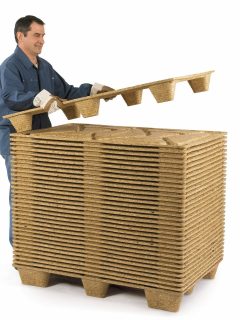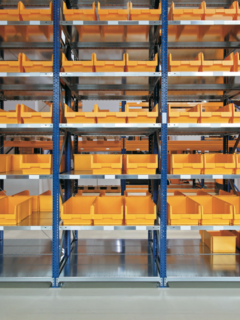Sales methods based on presenting the product as the best in the world will no longer convince any customer. The success of a product that sells itself depends on a combination of several variables, in particular the quality of the product, the use itself, the competition, the brand, the price, the marketing, the image and the packaging design. How to design a product that would make customers say: “That’s cool, I want it!”
To make your product sell well, ideally on its own, it’s not enough to produce a product in a flashy package and sell it cheaper than the competition. Your efforts and investments towards the ultimate goal of building a popular brand and achieving high sales should be based on five basic approaches.
1. Connect the benefits of the product to the outcomes customers want or expect.
Customers want to buy your product to achieve an outcome with it. Perhaps they desire to lose weight, have fun, be trendy, make money, or find psychological balance. Your job is to sell the customer the result they will achieve with your product. Advertising and presentation slogans that start with “How to be...” are popular and effective because they focus on the result, not the product itself. To link product benefits to the outcome, your e-store, website, advertising and other communication channels with customers should include clear information about achieving a specific outcome.
2. Design your product to match the experience your target audience wants when using the product.
Your product should be easier to use than competing ones. Ideally, most of your customers should be able to use it without studying the manual. Otherwise, you will trigger a negative experience in them. How can you improve the customer experience when using your product?
- Offer them elementary support,
- answer any questions customers have,
- include a clear manual with the product,
- make a short instructional video,
- make the product interesting enough so that customers don’t get bored,
- introduce new customers to the community that is already using your product.
3. Show potential customers that their concerns are unnecessary.
In your marketing activities, you need to think about how to minimise the perceived risks that unconvinced customers may feel about your product. Packaging is one of the tools that serves as proof that this is indeed a product with the characteristics with which it is offered to the customer and that the customer will not be deceived as to quality or use. This is particularly true for more luxurious products.
4. Learn from your competitors and look for ways to beat them.
After successfully eliminating customer concerns, the goal is to exceed expectations and maximize product value. Customers compare products. Most likely, there is at least one related product they can compare it to. This creates a certain level of expectation that your customers have.
Identify your competition and their weaknesses. It is important to understand the quality of competitors’ products and also where in the quality range yours are. Not only will the competition tell you how good your product needs to be to succeed, but they will also advise you on how much it should cost and how it should be packaged. Find out what the competition is doing to sell the product. Most importantly, what are the competitors’ weaknesses that will be your gateway to differentiation and success.
Competitor research can uncover not only flaws in the product itself, but also in the way it is presented and what it is packaged in. Packaging is the most powerful tool for differentiating and uniquely identifying a product with a brand. Just as almost everyone immediately associates a product with the Apple brand when they see the sleek silver apple packaging, so must every salesperson and marketer look to the packaging of their own products as a major sales tool. How do competitors package their products? In what sizes, volumes and packaging types? The answer to this basic question will tell you what to do differently and better.
5. Be aware of the value of attractive packaging and wrapping and make the most of it.
A product may taste or look great, but few people will buy it if it is too expensive, in unattractive or inadequate packaging, or if the labels and tags on it are unattractive and uninformative. The packaging must match the product in every way. If the product is luxurious, cheap and poor-quality packaging suggests the exact opposite. If the most important characteristic of a product is its environmental aspect, plastic packaging would negate it.
In addition to its basic protective and transport function, the product packaging and its label have an equally important role to play, namely:
- persuade the customer to buy the product,
- inform the customer,
- assist salespeople in the sales process,
- advise the customer on how to use the product properly.
Creating an interesting product that customers like requires moving from the position of the seller to that of the customer and finding the right combination between affordable production, the right price, attractive packaging, sensible and effective marketing and, last but not least, open communication with customers.














